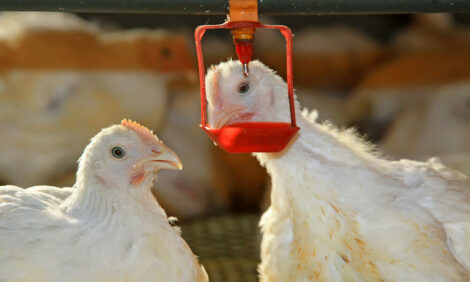



37 Years Of Food Safety
US - The first step toward ensuring a safe processed food is to ensure the basic ingredients are safe as well. The egg product safety record allows food processors to rest in the knowledge that they are using a safe ingredient when including further processed, pasteurized eggs.
Egg nutritional and functional power is supplied by nature while its safety record is provided by the producers’ hard work and conscientious effort to implement best practices.
Actually, government and private industry work together to achieve this safety record. Congress passed the Egg Products Inspection Act in 1970 which requires that all egg products distributed for consumption be pasteurized to destroy Salmonella. In the past 37 years there have been no recorded outbreaks of salmonellosis linked to pasteurized egg products, since the institution of mandatory pasteurization.
This safety record is especially impressive considering the volume of eggs consumed in this country. Of the more than 76 billion eggs eaten annually, slightly more than 30% are in the form of egg products, further processed into either a liquid, frozen or dried form.
The first step in producing an egg product is removal from the shell followed by filtering and cooling to maintain quality waiting processing. Further processing may include the addition of non-egg ingredients, mixing or blending, stabilizing, pasteurizing, cooling and packaging for freezing or subsequent to drying.
Source: FoodProcessing.com









